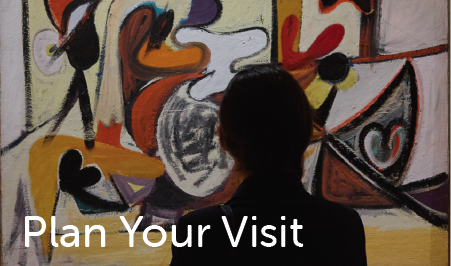African Collection

Baga Artist
Dance Mask (D'mba)
Baga artist
Dance Mask (D’mba)
Guinea
wood
1972.17
During its daytime performances, the majestic D’mba mask depicting a mother figure loomed over an admiring crowd and appeared with an ensemble of raffia and cloth. The D’mba’s body, adornments, and movements signified the ideal qualities of maternal devotion and elegance. A strong male performer rested the mask’s hollowed underside on top of his head, softening its immense weight with a head cushion. A skirt of raffia palm leaves hung just above the ground from a wooden hoop that was once attached at the base of the mask’ four legs, disguising the performer entirely.
When performed, the mask glistened with layers of black polish and oil. The sounds of drums, horns, lyres, slit gongs, and cymbals accompanied the D’mba as did the adulating cheers of men and women from the village who formed a series of concentric dancing circles around the performer. The steps of the D’mba performance were deliberate with intense spurts of energy, allowing spectators to see the mask in brief flashes as it moved throughout the public space. The performer paced carefully, spun around, and—at one point—lay down completely on the ground, requiring the assistance of others to return to a standing position. The performer then continued to dance around the perimeter of the circle of spectators with vigor until reaching a sudden stop—a culmination that observers welcomed with much excitement.
The Baga people halted the D’mba performance in the 1950s due to political and religious pressures, reviving it three decades later in the 1980s. Although their shapes and forms have evolved, D’mba masks still appear in public performances today as they had been to commemorate ancestors, celebrate marriages and harvest festivals, and mark ceremonies of
hospitality.
—Talia Lieber









